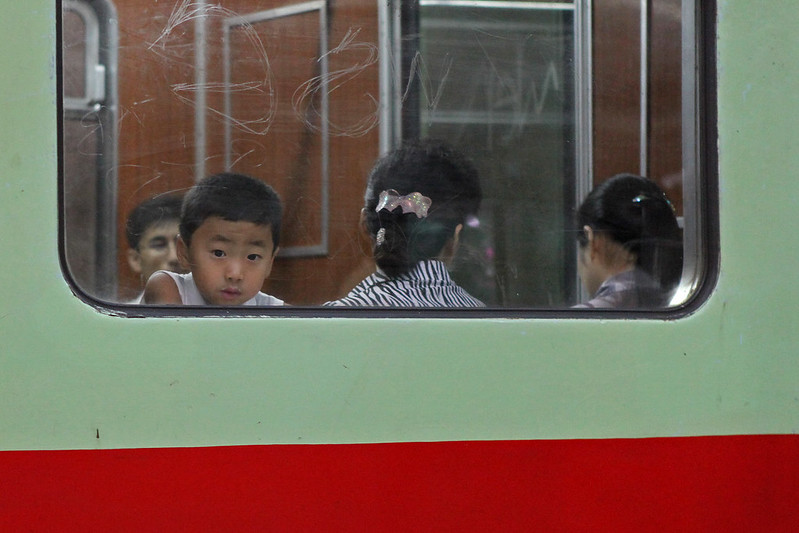 From July 13 to 16, 2024, Qu Dongyu, the Director-General of the United Nations Food and Agriculture Organization (UNFAO) visited North Korea. This marked the first confirmed humanitarian visit by a U.N. official to North Korea since 2021, signaling a significant development in the international effort to resume humanitarian assistance to the country’s most vulnerable populations.
From July 13 to 16, 2024, Qu Dongyu, the Director-General of the United Nations Food and Agriculture Organization (UNFAO) visited North Korea. This marked the first confirmed humanitarian visit by a U.N. official to North Korea since 2021, signaling a significant development in the international effort to resume humanitarian assistance to the country’s most vulnerable populations.
As a result of North Korea’s rigid border policies during the COVID-19 pandemic, there was a mass exodus of aid workers from the country in 2020. By spring 2021, the last remaining humanitarian officials had left, as North Korean authorities refused almost all attempts by aid organizations to reenter. This occurred despite the pandemic’s disproportionate impact on food and health security among the most impoverished populations. The government’s stringent measures included strict border closures, increased surveillance and severe restrictions on freedom of movement and access to information.
Break in Isolation Amid Heightened Repression
Qu Dongyu’s visit is significant not only because of its timing but also due to its potential implications for reactivating humanitarian efforts. The FAO described the trip as a “milestone” demonstrating mutual trust and respect, opening new avenues for engagement to tackle food security and nutrition challenges post-pandemic. During his visit, Qu met with North Korean officials and toured key agricultural sites, including the Kangdong Greenhouse Complex and the Kangdong Central Institute for Vegetables.
He commended the “great achievements made by [the] DPRK people in agriculture development, food security and the Pyongyang city” under Kim Jong Un’s leadership. However, independent experts remain cautious. The FAO’s Global Information and Early Warning System reported that “the food security situation is expected to remain fragile amid persistent weak economic growth.”
Expert Opinions and Skepticism
Analysts have expressed skepticism about the improvements in North Korea’s food security. A former CIA analyst, William Brown, suggested that Qu’s flattering remarks might be a strategic move to maintain access to North Korea. “So many people in North Korea are going hungry even as we speak,” Brown said. Bradley Babson, a former World Bank adviser, interpreted the excessive compliments as a means to “reestablish a relationship,” emphasizing that the FAO’s return would be beneficial. The government’s reluctance to accept international assistance has been a longstanding issue. In 2021, North Korea rejected several offers to provide millions of doses of COVID-19 vaccines, including offers from COVAX, South Korea and Russia. The health care system, already fragile due to underfunding and lack of resources, has deteriorated further, with access to medicines and medical supplies severely limited.
Humanitarian Impact of the Pandemic
The pandemic has worsened North Korea’s chronic food insecurity. The U.N. reports that since 2017, more than 10 million people—more than 40% of the country’s official population of 25 million—face food insecurity. Reports have emerged of food shortages even among Pyongyang’s elite, with incidents of starvation across various regions. With minimal external aid, issues of widespread malnutrition and deteriorating children’s health persist. Humanitarian organizations such as UNICEF and the World Food Program (WFP) are prepared to resume operations but have been without access for nearly four years.
Regional Engagements and Geopolitical Dynamics
Qu’s visit to North Korea followed an official visit to Mongolia from July 10 to 12, 2024, where he discussed sustainable agrifood systems transformation. These regional engagements underscore the FAO’s commitment to supporting sustainable agriculture in developing countries. Analysts also note geopolitical undercurrents, such as China’s possible interest in counterbalancing Russia’s growing ties with North Korea. Qu, who is Chinese, met with Chinese Ambassador Wang Yajun in Pyongyang, highlighting China’s longstanding support for North Korea.
Moving Forward
The recent visit by the FAO Director-General to North Korea marks a crucial step in resuming humanitarian efforts after years of restricted access. While challenges remain, this engagement could lead to renewed cooperation on food security and agricultural development. Qu Dongyu, in particular, emphasized the importance of innovation, digitalization and green development in transforming the agricultural sector. He encouraged the North Korean government to explore new opportunities for collaboration and resource mobilization to support the most vulnerable populations. The outcome of these ongoing efforts potentially depends on sustained collaboration between North Korea and international organizations.
– Sophia Lee
Sophia is based in Media, PA, USA and focuses on Good News and Politics for The Borgen Project.
Photo: Flickr
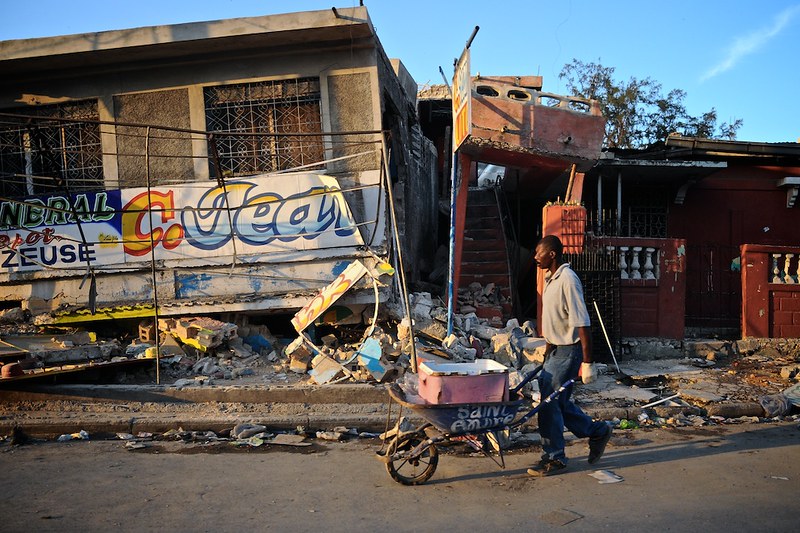 Since Jan. 2024, gang violence in Haiti has
Since Jan. 2024, gang violence in Haiti has 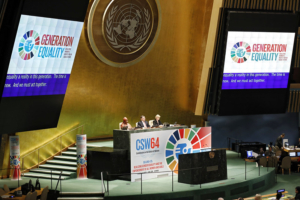
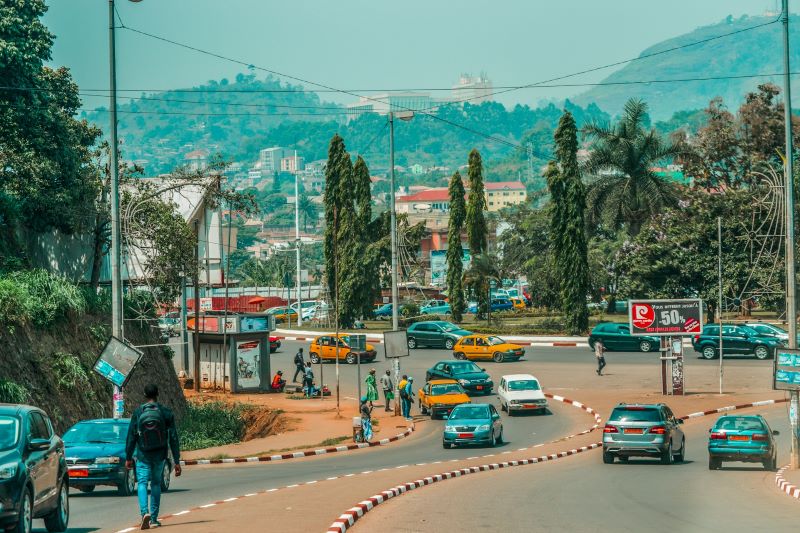 Globally,
Globally, 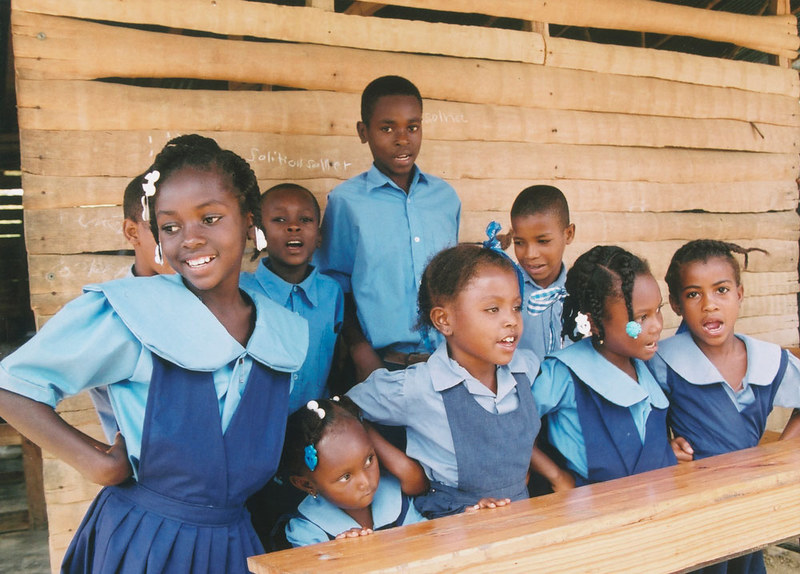 In
In 
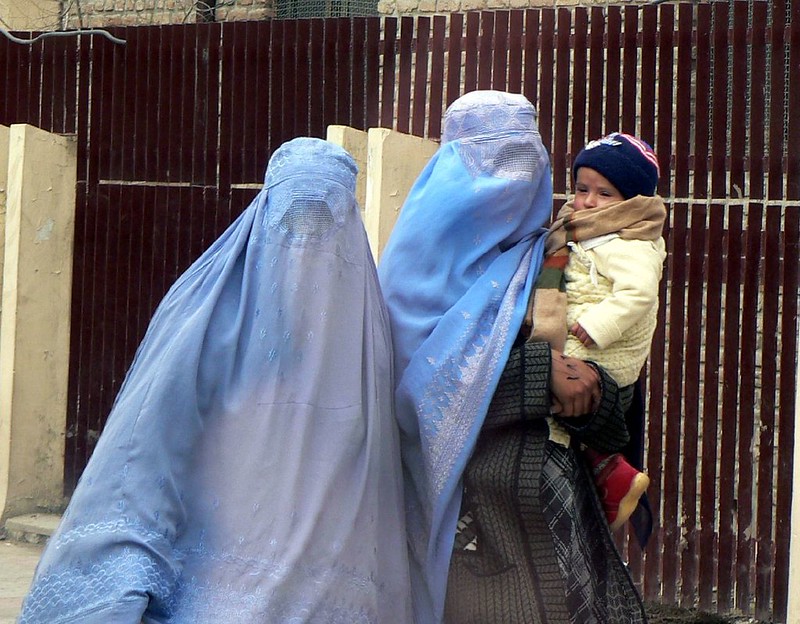 The Taliban, an Islamic fundamentalist group, returned to power in
The Taliban, an Islamic fundamentalist group, returned to power in 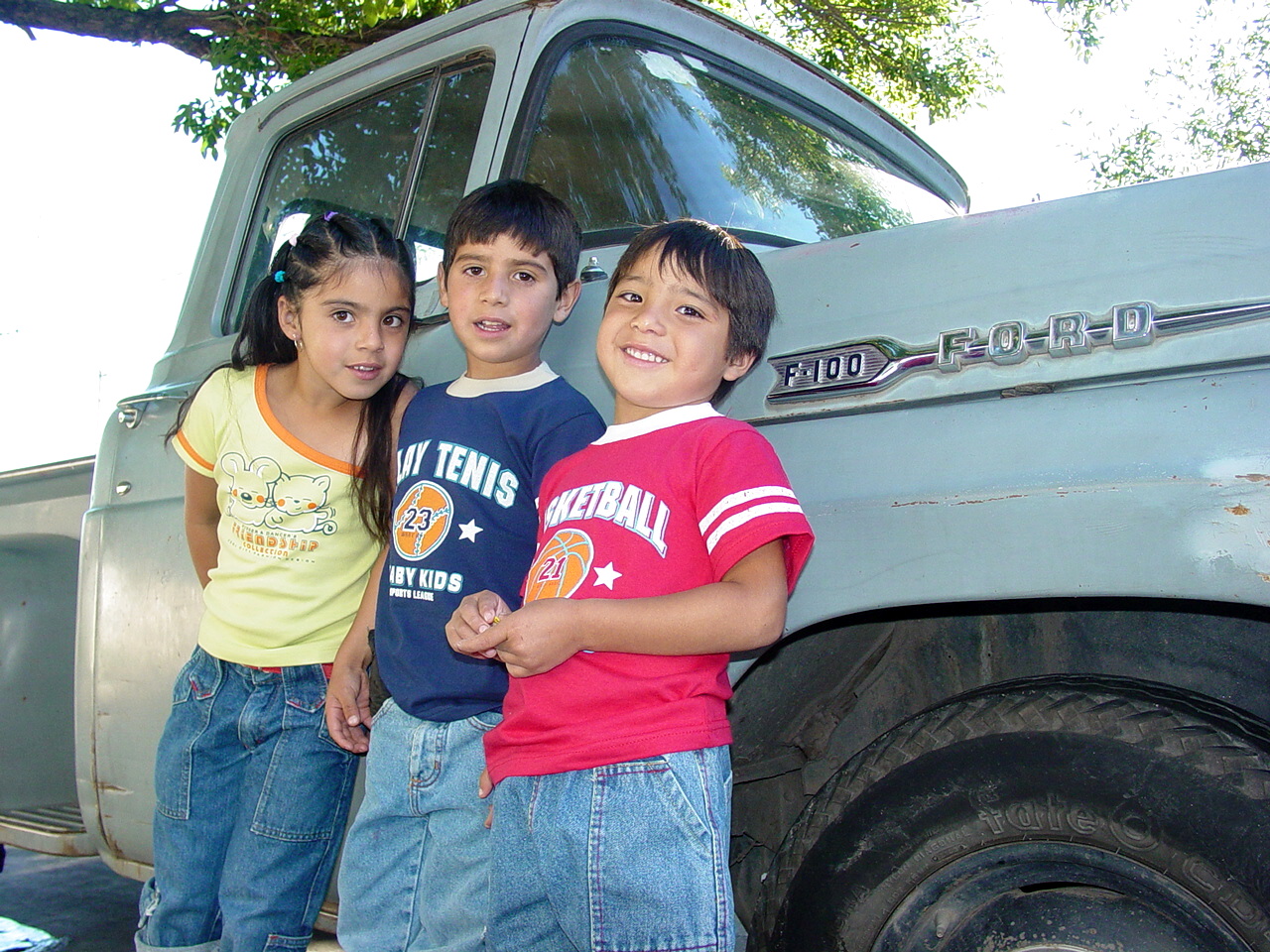
 After Colombian voters rejected the
After Colombian voters rejected the 
